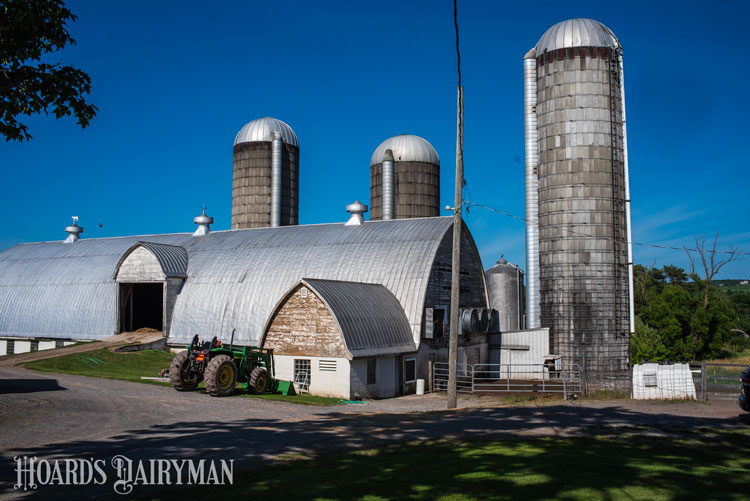
It’s a new year and time to make resolutions for the next 12 months. Is succession planning one of the goals your farm needs to tackle in 2024?
There are many reasons a family business puts off planning for the next generation of ownership. Perhaps the simplest to address is not knowing where to start. Beginning the process by at least gathering information and initiating conversations will also help you save the most time and money in the process, said Joy Kirkpatrick during a University of Wisconsin-Madison Division of Extension webinar. Doing nothing is the least logical and most expensive strategy to succession planning. You may think you’re avoiding discomfort in the moment, but it’s probably just creating more issues for the future, explained the farm succession outreach specialist.
To get an idea of where to start, Kirkpatrick described farm transition as a three-step process:
- Where is the farm now?
- Where do you want it to be?
- How do you get there?
The first phase consists of gathering information about the farm’s finances, facilities, personnel, and business plan. Up-to-date financial information and a clear picture of the farm’s current operation were the top requests from a group of transition professionals Kirkpatrick’s group surveyed, so having those details prepared will help them help you when it is time to bring them into the discussion. Kirkpatrick advised devising a short elevator pitch about your farm that you can succinctly deliver to your succession team members to help them understand the situation.
The financial picture includes looking at how the owner wants the business assets to be distributed. Typically, this can be broken down into three buckets, Kirkpatrick said: retirement assets, business assets, and inheritance assets. The ideal is to hit all three categories, she added.
That financial information will also help you in the second step as you outline what you want the farm to grow into with the next generation. Does the business have the financial capacity to accomplish those goals? Off-farm income plays into this discussion, too.
Determining realistic goals for the farm is where conversations with potential successors must be had. Work on the business’s vision and goals together, and if you have a successor, communicate with them as a business partner. It takes intentional work to shift conversations from a child/parent dynamic to an employer/employee dynamic, Kirkpatrick recognized. That includes gradually transitioning management duties and building trust that the owner is willing to transition and the successor is able to take on those responsibilities. “There’s a two-way street for that trust,” she stated.
Begin discussing what is considered fair versus equal if there are multiple heirs to the farm assets, Kirkpatrick added, noting that transition professionals like lawyers and accountants want to see this discussion had at least started. Once you have a baseline of the farm’s current situation and potential, then bring in those professionals, Kirkpatrick said. “For the professionals to do a good job for you, you have to be able to tell them what you want,” she described.
The elephant in the room
It is hard to discuss succession planning, Kirkpatrick recognized. It feels like you’re bringing up the elephant in the room.
Still, she encouraged farms to talk about it. The more discussions you have, the more the messiness of the process will begin to unravel. If you bring it up and the conversation stagnates, resist the urge to go back to doing nothing, Kirkpatrick said. Sit with the uncomfortable feelings because that is how the farm business is going to be able to grow.
She gave a specific call to action to farm owners. “You will determine the path of whatever happens to this farm,” Kirkpatrick urged. Don’t assume that a successor will bring the topic up if they want to be part of the business. Be clear with them about what they need to do if they do want to come into the operation, and then follow through with that. The successor needs to build their skills, but the owner holds the keys.








